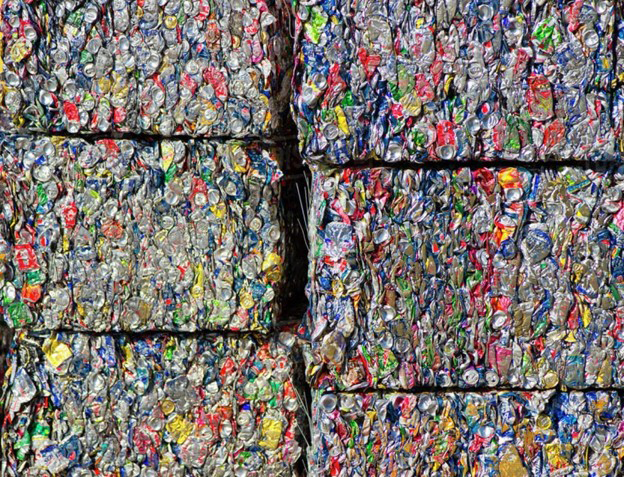Sandra Wärenhed | 2023-02-03
In an ever-growing world, humans produce an incredible amount of waste. The U.S. alone produces 268 million tons of waste per year with 140 million tons going into landfills.
But, it doesn’t stop there. To put things further into perspective, just one hundred companies are responsible for more than 90 percent of all global plastic waste – twenty of those companies are responsible for 55 percent. Needless to say, waste poses a massive threat to our environment.
Where does your trash go beyond the curb?
Have you ever thought about what happens after you place your garbage out on the curb for collection? The current model for removing waste from households and corporations usually involves simply collecting trash in a plastic bag or dumpster that is then placed in a landfill. Landfills are the earliest and most common form of waste management. Waste is layered into a large hole in the ground and trapped within a lining of compacted clay and high-density plastic in an attempt to limit odors, migration of debris and harm to the environment as it decomposes, with any liquid containing potential contaminants collected in perforated pipes and funneled into treatment facilities. Once a landfill reaches capacity, it is often rehabilitated and turned into parks or community grounds.
What did we do before landfills?
Not all that long ago, the world had no real waste management system. Trash simply filled the streets, which became an increasing problem in urban areas in the 20th century. Landfills emerged in the early 1930s in California, but it wasn’t until the 1950s that guidelines for compacting trash and covering it were introduced and the U.S. Environmental Protection Agency didn’t formalize standards for sanitary landfills until 1979. As the world continues to change and the materials we are disposing of become more complex and harder to decompose, the world is once again faced with a challenge we must solve to help the Earth.
Where do we go from here?
Landfills are still an important form of waste management. However, the slow rate of decomposition coupled with the release of methane, a greenhouse gas, into the atmosphere as it decomposes, can contribute significantly to global warming and pose challenges that future generations will have to remedy. Thankfully, many researchers, scientists and companies like Orwak have dedicated their entire lives and careers to finding solutions to the world’s waste problem. One of those is trash compaction.
How does compacting your trash help the environment?
Trash compactors reduce the amount of physical volume that waste takes up. Additionally, they minimize the amount of plastic trash bags needed, which means less plastic ends up in landfills. Compacting trash also reduces the amount of vehicles and pickups required from garbage companies due to less volume, making transportation easier. Compacted trash is also far less likely to fall off of trucks during transport than loose trash. This is especially important when disposing of hazardous materials, like food and pharmaceutical waste. Compacting these materials in a tightly sealed container helps ensure that there is no leakage into the environment that may threaten humans, animals, plants, soil or water. Finally, and perhaps most importantly, trash compaction frees up space in existing landfills allowing us to use them more efficiently and avoid the need for building new landfill sites for longer periods of time.
What does Orwak do to promote sustainability?
At Orwak, we feel a strong commitment to the environment as a company that designs waste compaction equipment that promotes recycling and contributes to reduced CO2 emissions. Additionally, our machines are produced by using 100% green power. At our factories, we use renewable energy sources like wind and water power produced in Sweden when manufacturing our equipment.
We believe that compact is impact. Not just creating space for more productivity and profit from a business standpoint, but also a better solution from an environmental perspective.

